Starting reusable nappies can be a daunting prospect for new parents, but with the right information and preparation, it can be a rewarding and eco-friendly choice. Not only do reusable nappies save you money in the long run, but they also reduce waste and have a lesser impact on the environment compared to disposable nappies. This guide will cover all the important information you need to know about starting reusable nappies, including the benefits, types, and how to choose the right one for your baby.
The Benefits of Reusable Nappies
Reusable nappies have many benefits for both you and the environment. Here are some of the key benefits:
- Cost savings: Reusable nappies may cost more upfront, but they save you money in the long run as they can be used for multiple children and are designed to last for years.
- Environmentally friendly: Reusable nappies generate much less waste than disposable nappies, which can take hundreds of years to break down in landfills.
- Healthier for your baby: Some disposable nappies contain harmful chemicals that can irritate your baby's skin, but reusable nappies are made from natural, non-toxic materials that are safe for your baby's delicate skin.
- Convenient: Reusable nappies come in a variety of styles and designs, making it easy to find one that fits your lifestyle and needs. They are also easy to clean and maintain, making them a convenient choice for busy parents.
Types of Reusable Nappies
There are several types of reusable nappies available on the market, each with its own unique features and benefits. Here are the most common types:
- All-in-one nappies: These are the simplest type of reusable nappies, as they don't require any additional inserts or covers. They are easy to use and come in a variety of sizes to fit your baby as they grow.
- Pocket nappies: Pocket nappies have a waterproof outer layer and a stay-dry inner layer, with a pocket in between where you can insert additional absorbent layers as needed. They are highly adjustable and can be tailored to meet your baby's changing needs.
- Prefolds and flat nappies: These are the traditional type of reusable nappies and are the most economical choice. They consist of a flat piece of absorbent material that can be folded and fastened to fit your baby. They require a separate waterproof cover to keep your baby's clothes dry.
- Fitted nappies: Fitted nappies are similar to prefolds, but they have elasticated legs and waist, making them easier to fit and less likely to leak. They also require a separate waterproof cover.
Choosing the Right Reusable Nappies for Your Baby
When choosing reusable nappies for your baby, there are several factors to consider, including:
- Fit: Make sure the nappy fits your baby properly, with no gaps at the waist or legs. A good fit will prevent leaks and keep your baby comfortable.
- Absorbency: Choose a nappy with the right level of absorbency for your baby, taking into account their age, weight, and how long they can go between changes.
- Convenience: Consider how easy the nappy is to use, clean, and maintain.
-
- Lifestyle: Think about your daily routine and choose a nappy that will fit in with your lifestyle. For example, if you are always on the go, an all-in-one nappy may be the best choice, but if you have a lot of time to spare, a prefold nappy may be more economical.
Frequently Asked Questions About Starting Reusable Nappies
Here are some of the most common questions parents ask when starting with reusable nappies:
-
Q: How many reusable nappies do I need? A: A good rule of thumb is to have around 20-30 reusable nappies on hand, so you always have a clean one when you need it. This will also allow you to wash and dry them between uses.
-
Q: What's the best way to wash reusable nappies? A: It's recommended to wash reusable nappies in a cold rinse cycle first, followed by a hot wash with a good quality detergent. Avoid using fabric softeners or bleach, as these can damage the nappies and reduce their absorbency.
-
Q: How do I know when to change a reusable nappy? A: You'll know it's time to change your baby's nappy when it feels heavy or bulky, or when you notice any leaks or dampness. As your baby grows, they'll be able to go longer between changes, so you'll get a better feel for when they need to be changed.
-
Q: Are reusable nappies more expensive than disposable nappies? A: Reusable nappies may cost more upfront, but they will save you money in the long run as they can be used for multiple children and are designed to last for years. On average, disposable nappies can cost anywhere from $2,000 to $3,000 per child, whereas reusable nappies cost around $500 to $800 per child.
Conclusion:
Starting with reusable nappies can seem overwhelming at first, but with the right information and preparation, it can be a rewarding and eco-friendly choice. Not only do reusable nappies save you money in the long run, but they also reduce waste and have a lesser impact on the environment compared to disposable nappies. By considering factors such as fit, absorbency, and convenience, you can choose the right re


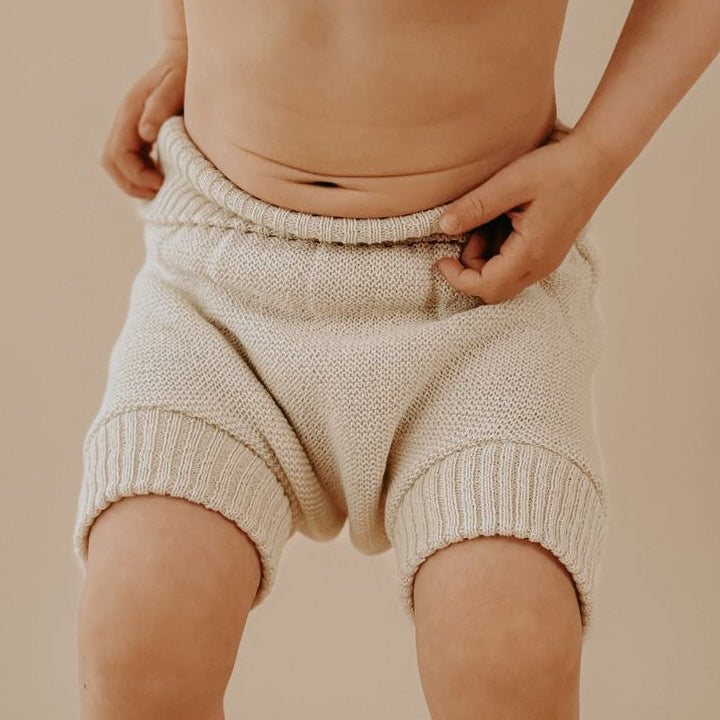
![Swim Nappy Bundle [Ship Oct 5 - 10] - Mimi & Co](http://mimiandco.com.au/cdn/shop/files/swim-nappy-bundle-ship-oct-5-10-5796576.jpg?v=1761125410)

![Toilet Training Undies Pants [Jan Preorder] - Mimi & Co](http://mimiandco.com.au/cdn/shop/files/toilet-training-undies-pants-jan-preorder-6316642.jpg?v=1766216229&width=1200)
![Reusable Bamboo Mimi™ Wipes [5 Pack] - Mimi & Co](http://mimiandco.com.au/cdn/shop/files/reusable-bamboo-mimi-wipes-5-pack-7600782.jpg?v=1761445103)

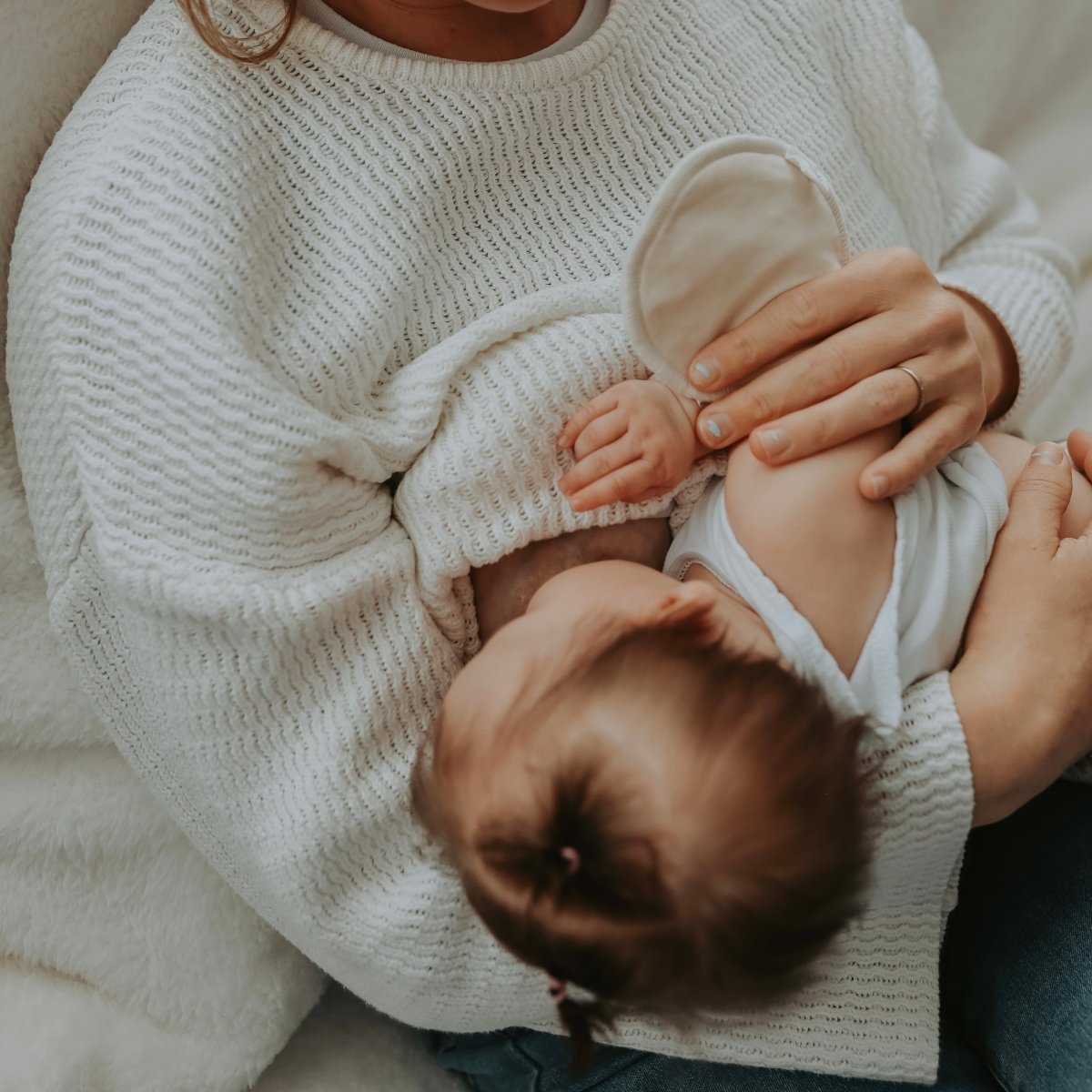

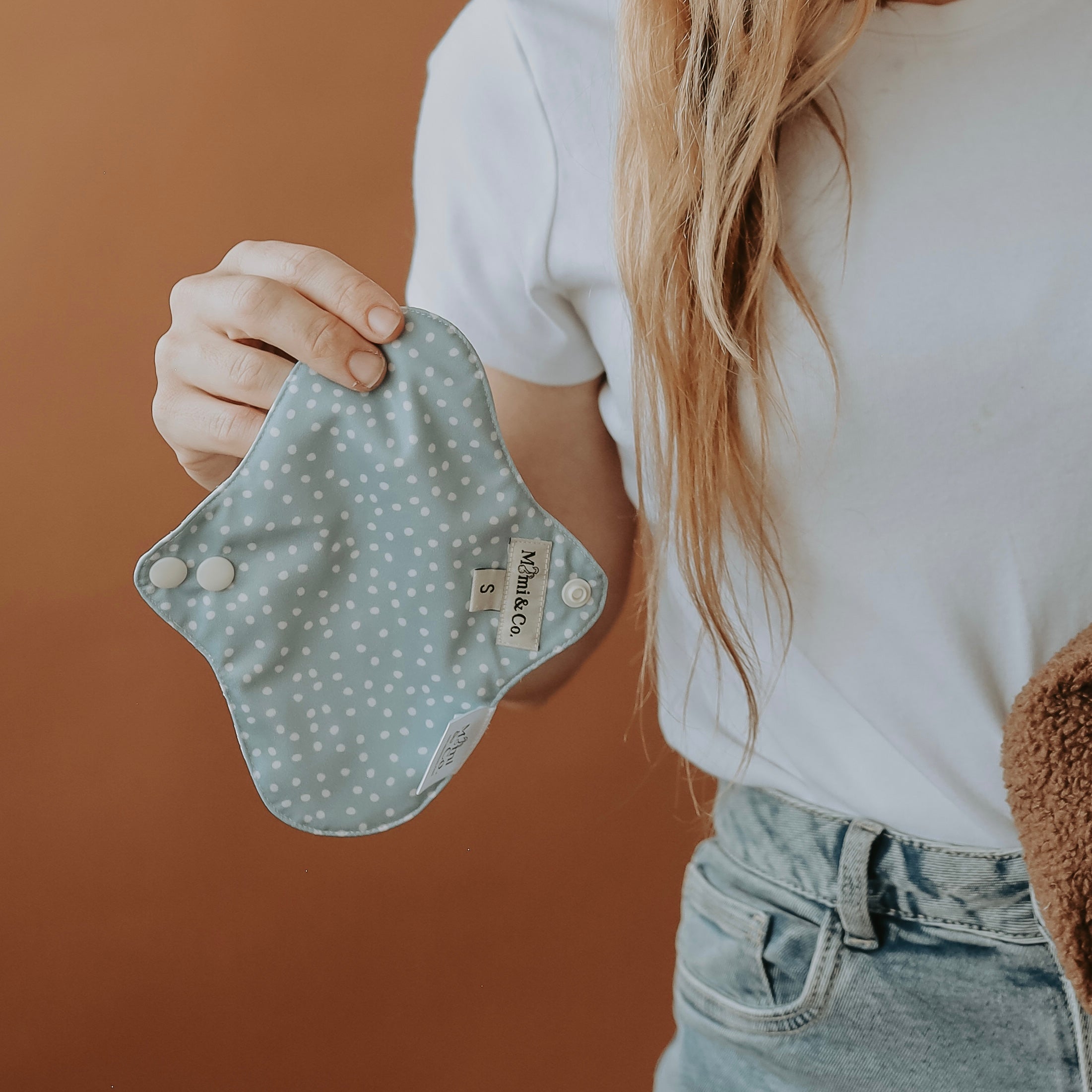
![Reusable Mimi® Menstrual Underwear [Shipping 31/9] - Mimi & Co](http://mimiandco.com.au/cdn/shop/files/reusable-mimi-menstrual-underwear-shipping-319-6508918.png?v=1759809525)
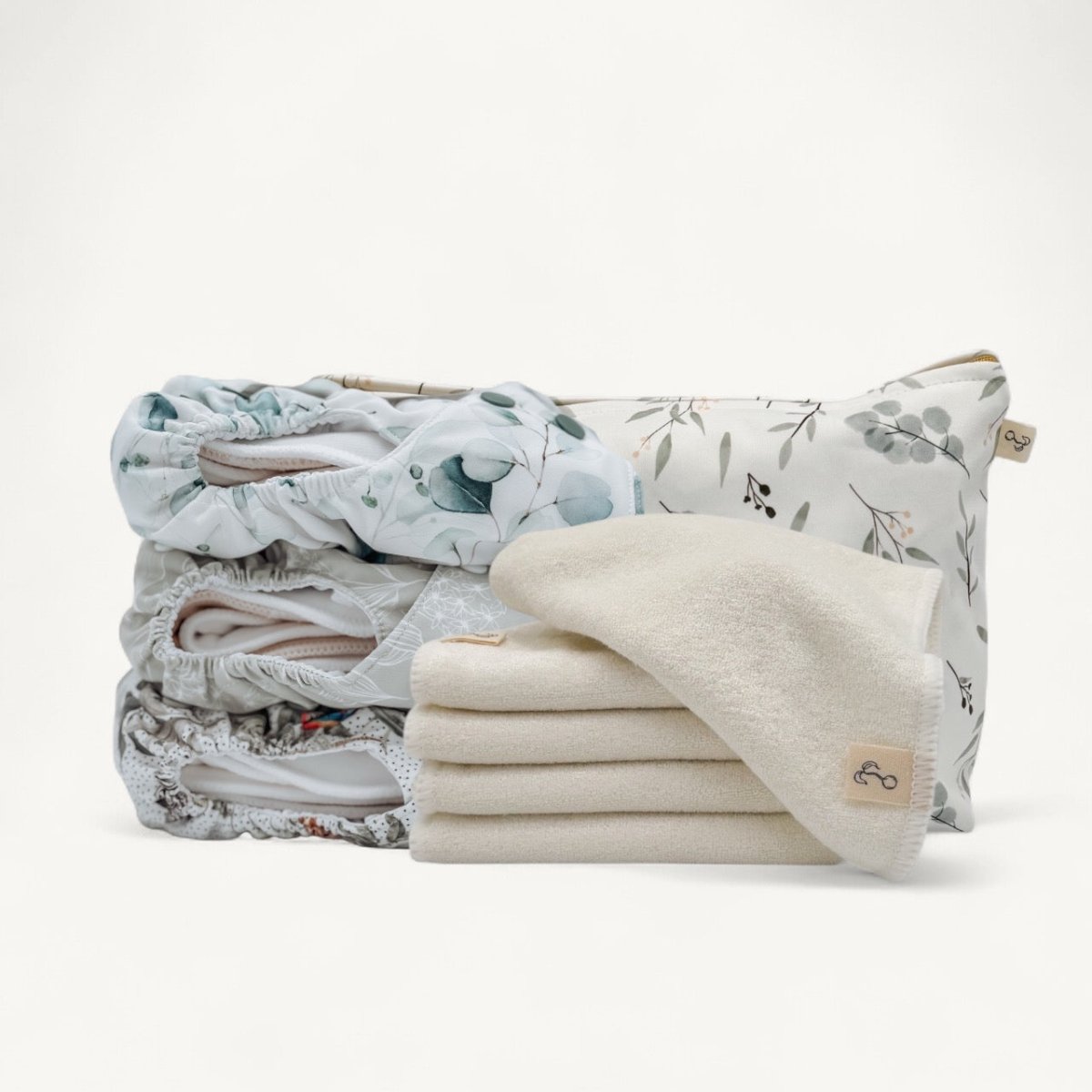
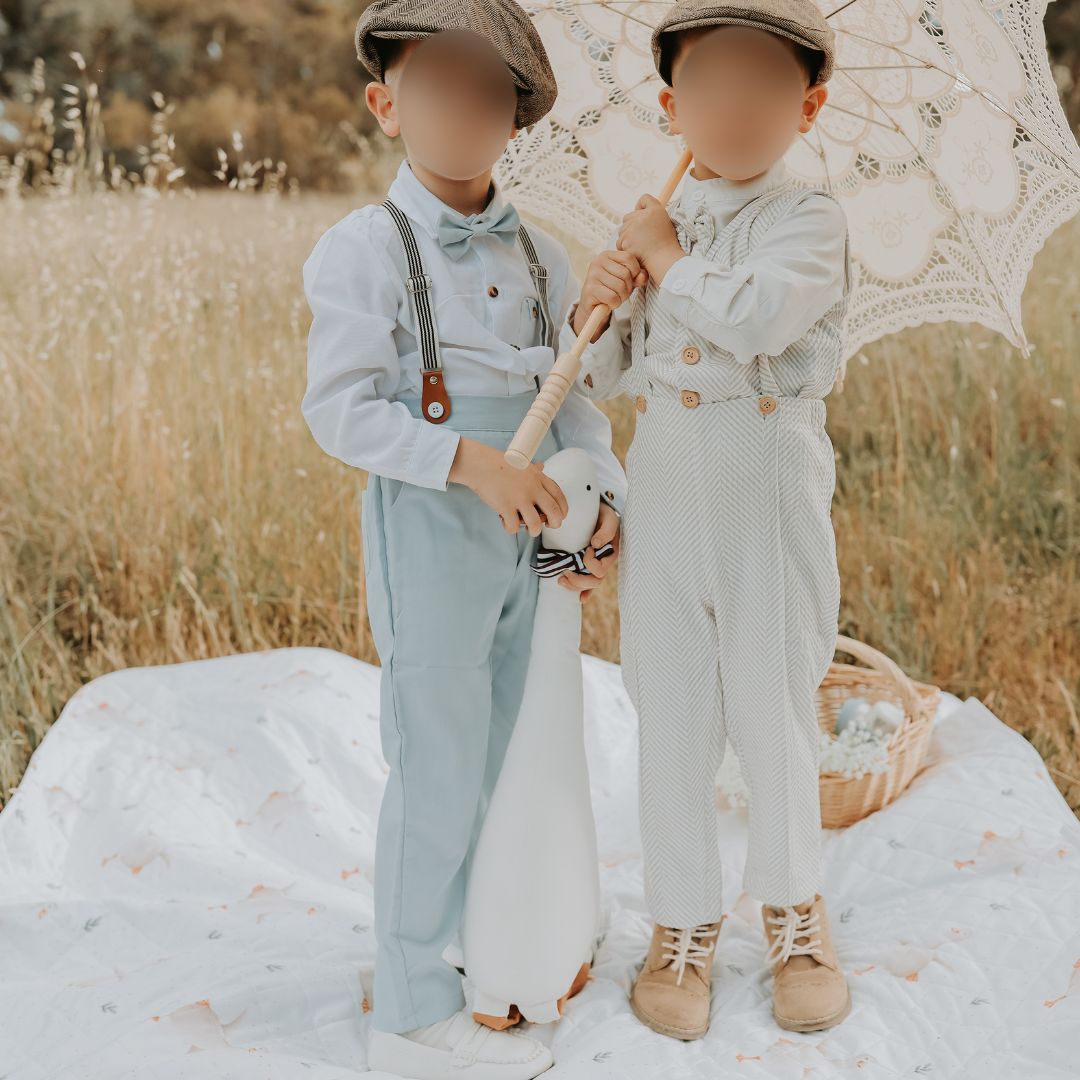
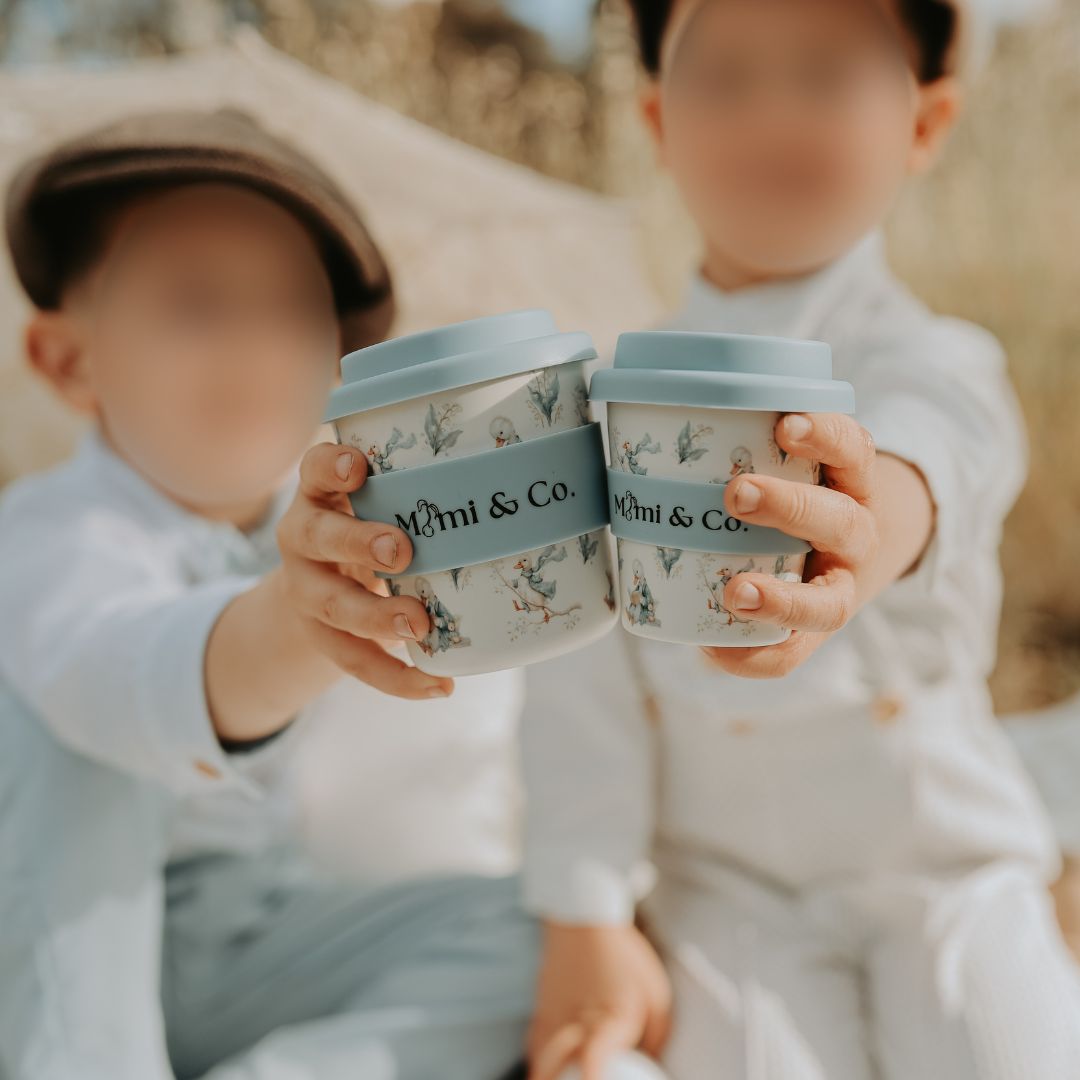
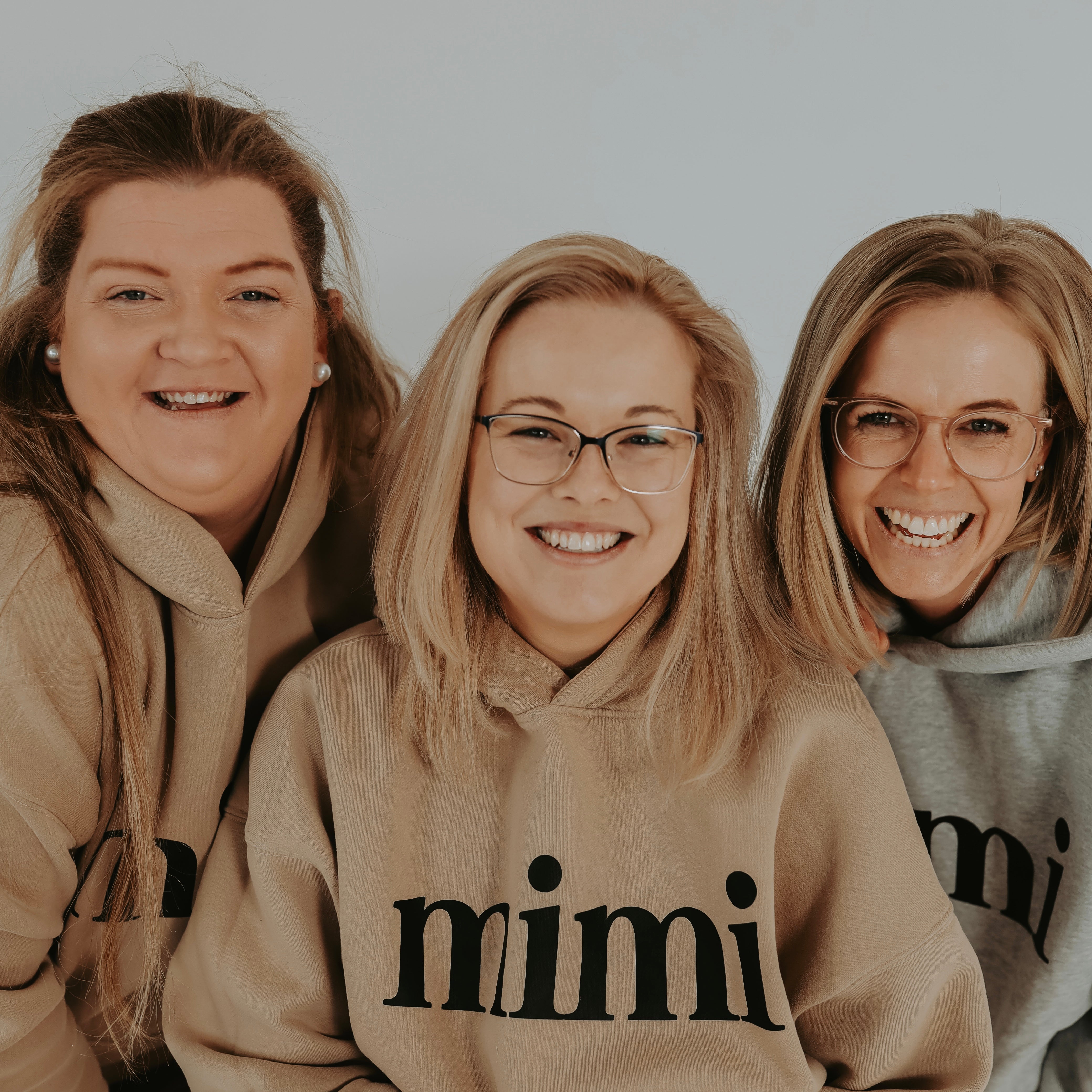
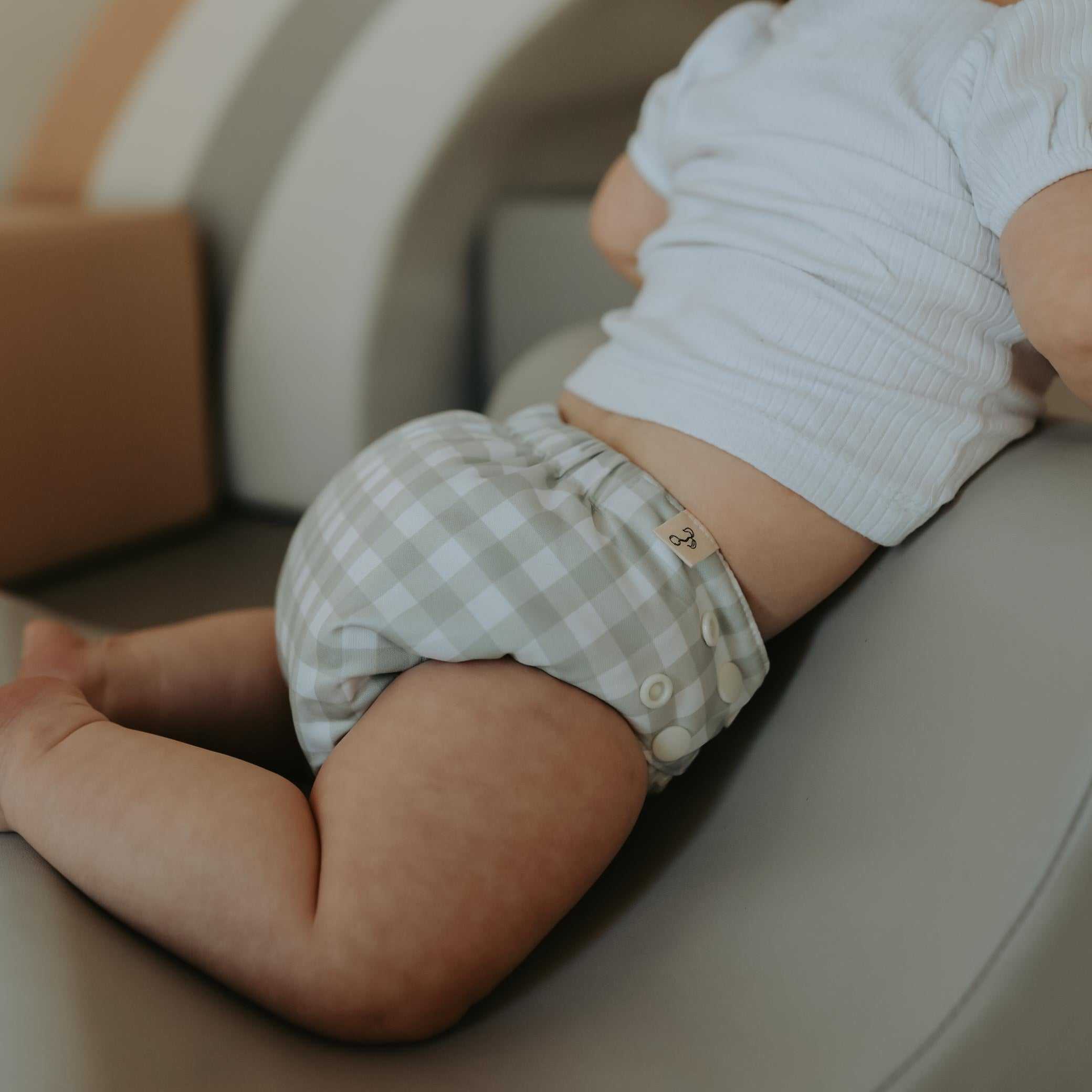
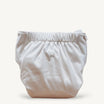
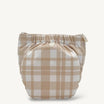
![One Size Fits Most Preflat [PreOrder] - Mimi & Co](http://mimiandco.com.au/cdn/shop/files/one-size-fits-most-preflat-preorder-761880.webp?v=1759809321&width=104)
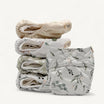
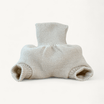
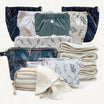
![Toilet Training Undies Pants [Jan Preorder] - Mimi & Co](http://mimiandco.com.au/cdn/shop/files/toilet-training-undies-pants-jan-preorder-6316642.jpg?v=1766216229&width=104)
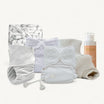
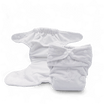
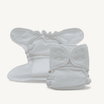
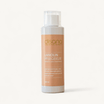
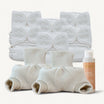
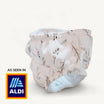
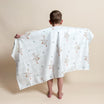

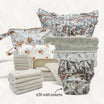
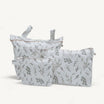
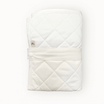
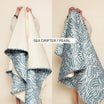
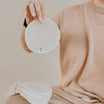
![Reusable Bamboo Wipes [5 Pack] - Mimi & Co](http://mimiandco.com.au/cdn/shop/files/reusable-bamboo-wipes-5-pack-580411.webp?v=1764820089&width=104)
![Organic Cotton Wipes [5 Pack] - Mimi & Co](http://mimiandco.com.au/cdn/shop/files/organic-cotton-wipes-5-pack-7079645.png?v=1759809401&width=104)
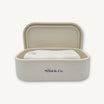
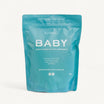
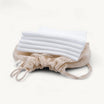

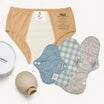
![Reusable Mimi® Menstrual Underwear [Shipping 31/9] - Mimi & Co](http://mimiandco.com.au/cdn/shop/files/reusable-mimi-menstrual-underwear-shipping-319-6508918.png?v=1759809525&width=104)
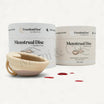
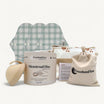
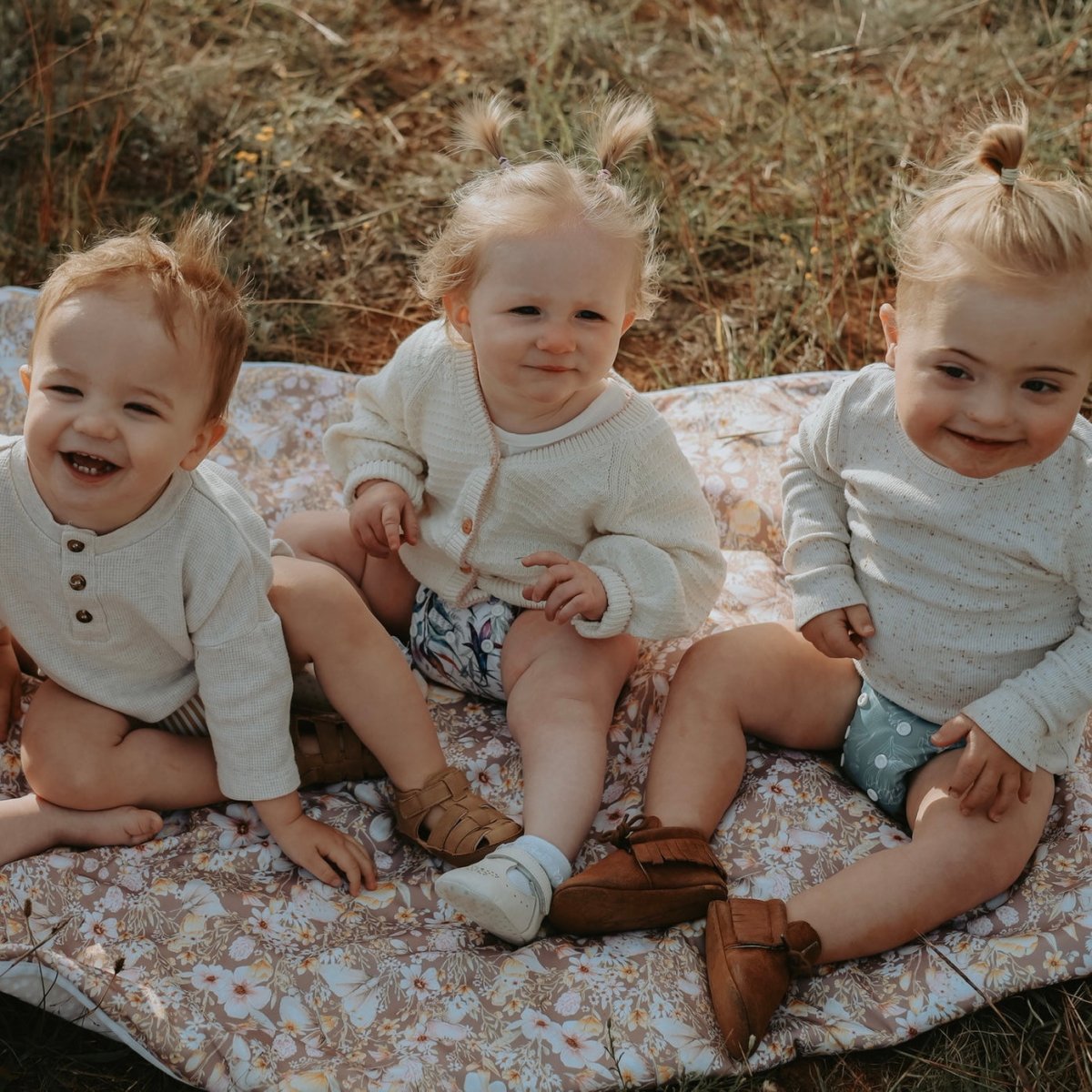
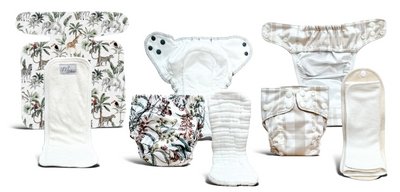
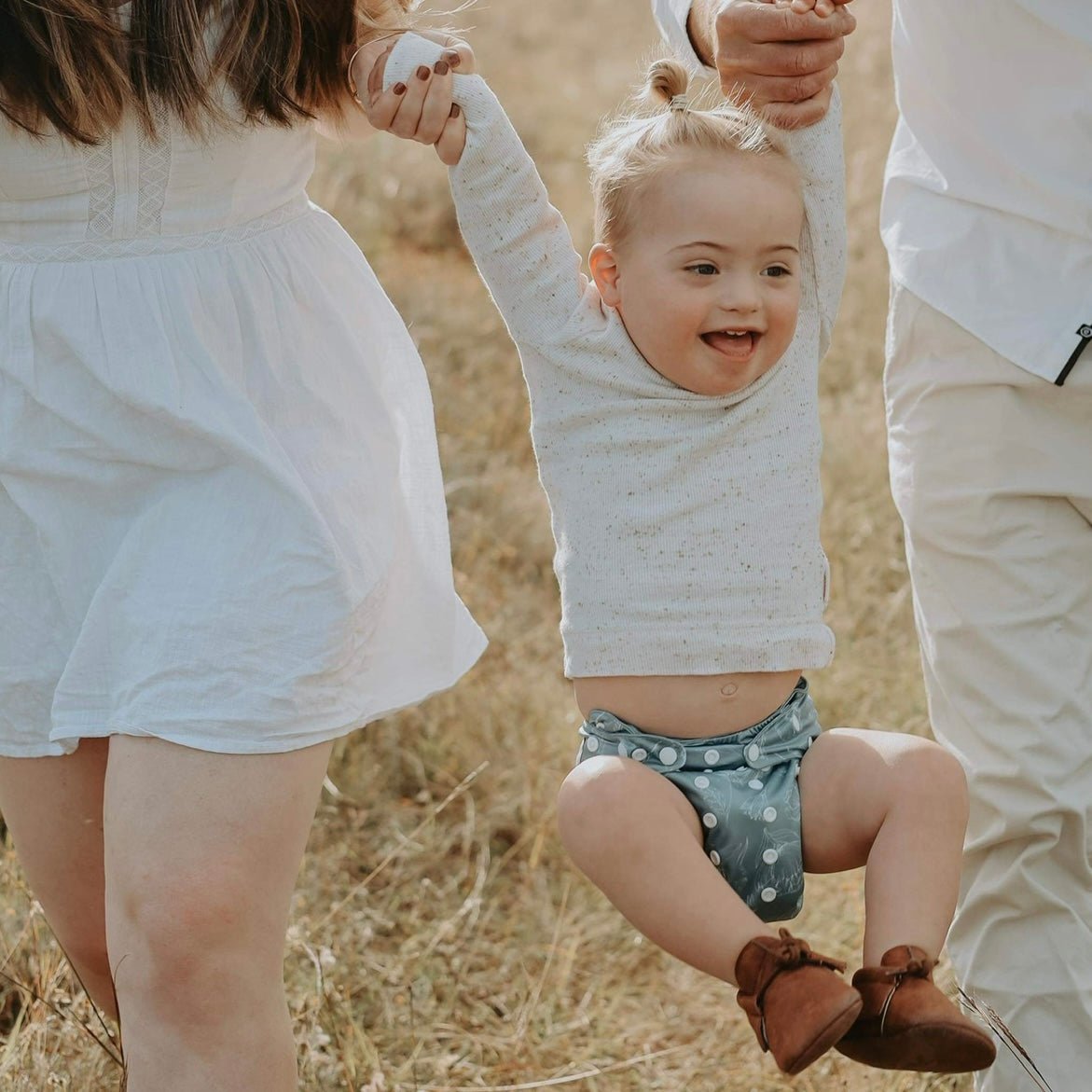





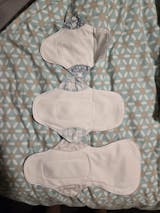
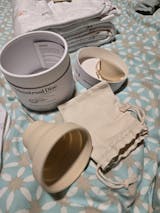
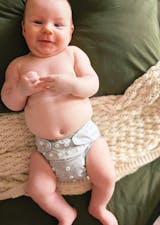
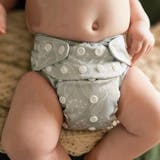
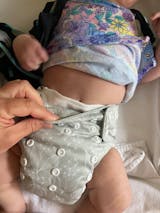
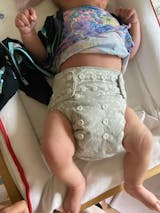

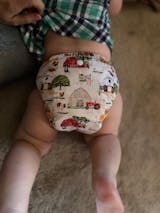
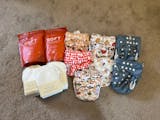
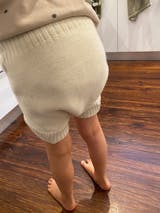

Leave a comment
All comments are moderated before being published.
This site is protected by hCaptcha and the hCaptcha Privacy Policy and Terms of Service apply.